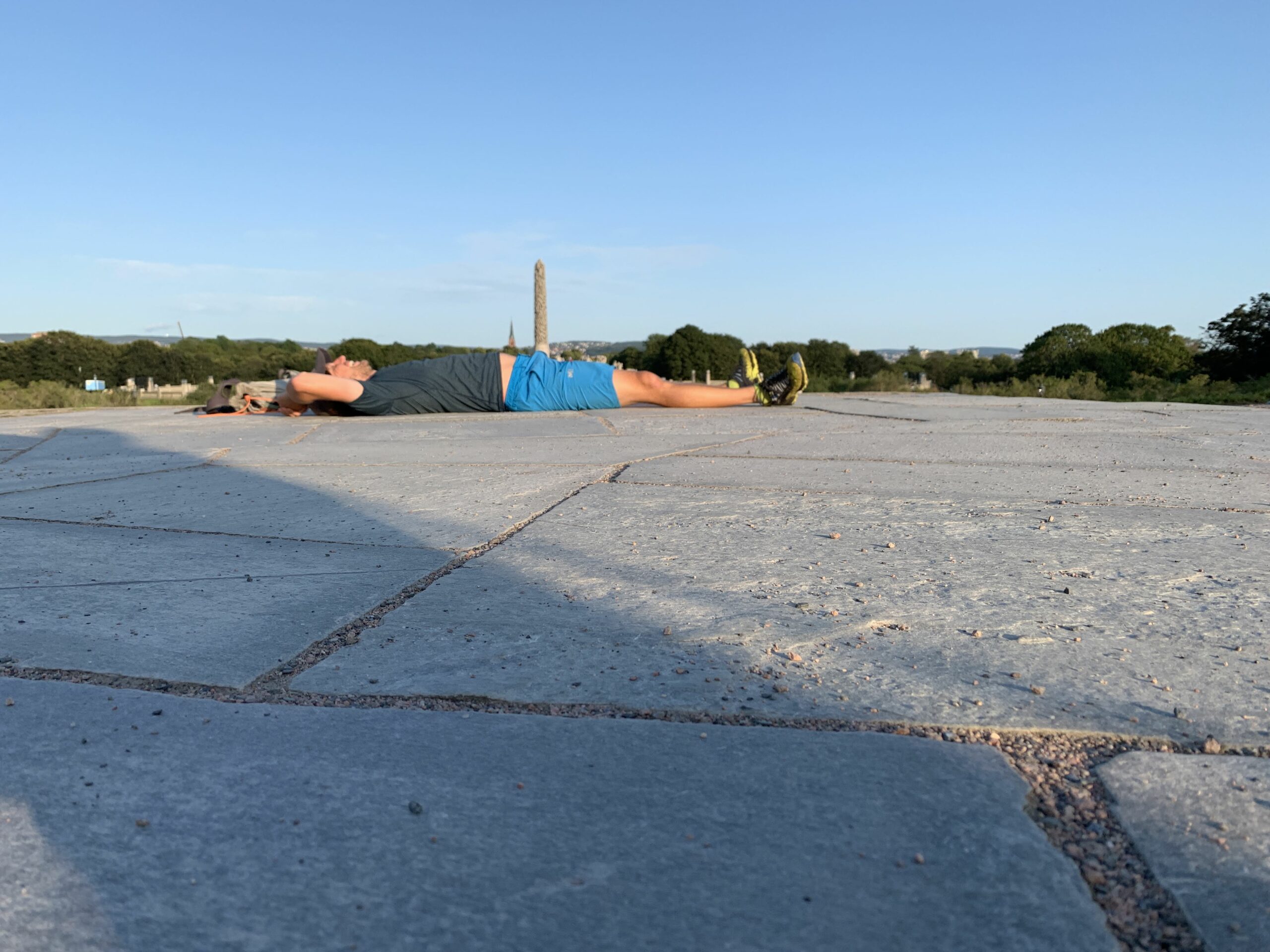Our 90 days in the Schengen Zone is almost up, leaving just barely time for one last European city before we fly to Japan! Oslo is small, classy, and at the complete opposite end of the country from the Lofoten Islands. We spent a single night in the remote little village of Sorvagen (we might have stayed in Lofoten, such was it’s beauty, but the forecast sucked), before taking a bus to the ferry to Bodo. The ferry proved to be sturdier than the S.S.Ssss, though it was her maiden voyage, but better hold onto your butts just in case.
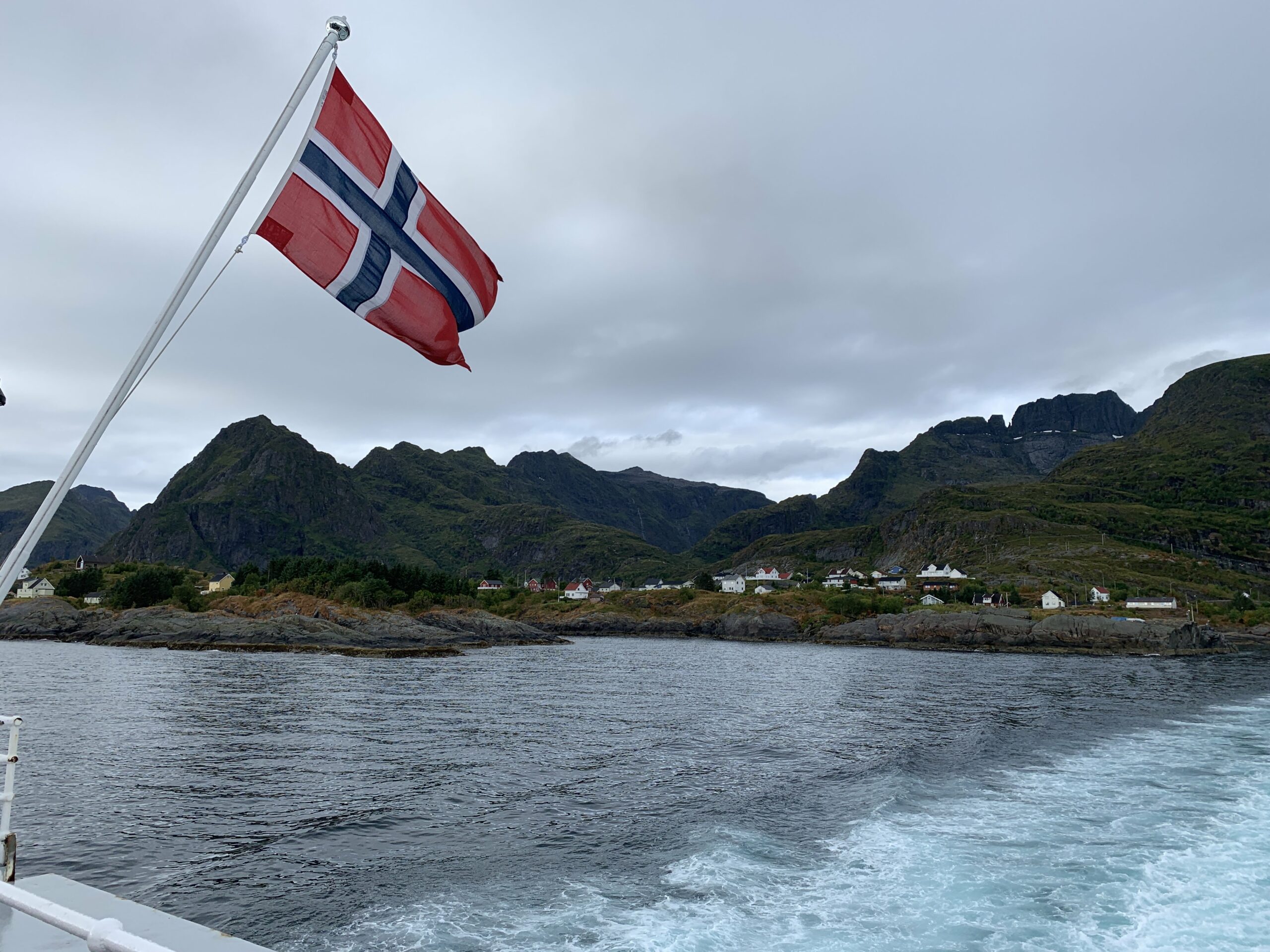
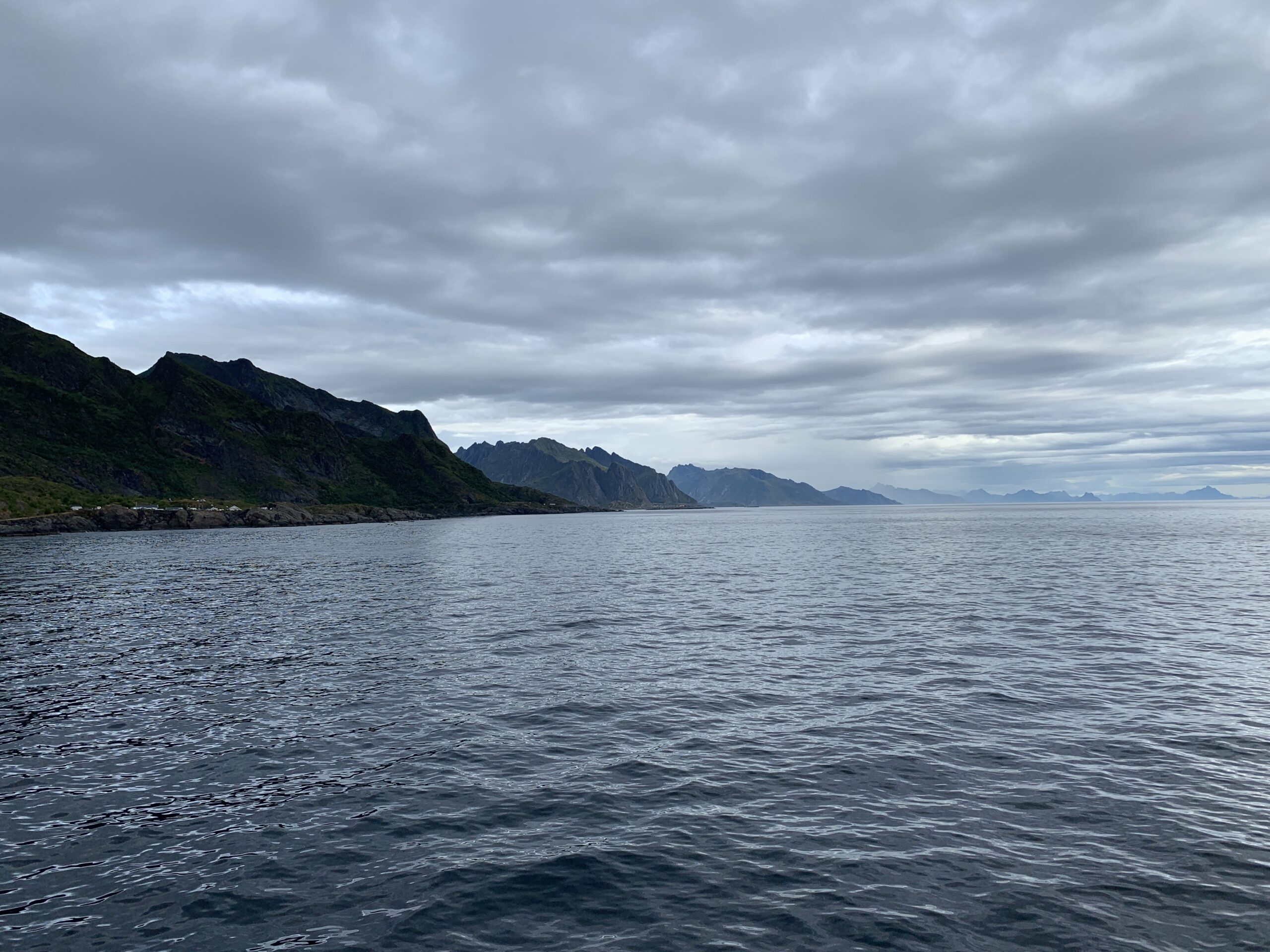
The ocean between Lofoten and the mainland looks exactly like where a Viking sea dragon would sit and wait for a passing long boat – and I’d rather not imagine how it looks outside of a calm day in summer. We stood on the back of the boat and watched the jagged peaks of Lofoten recede, then moved to the front to watch equally jagged peaks of the mainland appear. Just try and remember what this looks like when you see the size of a real Viking longboat later!
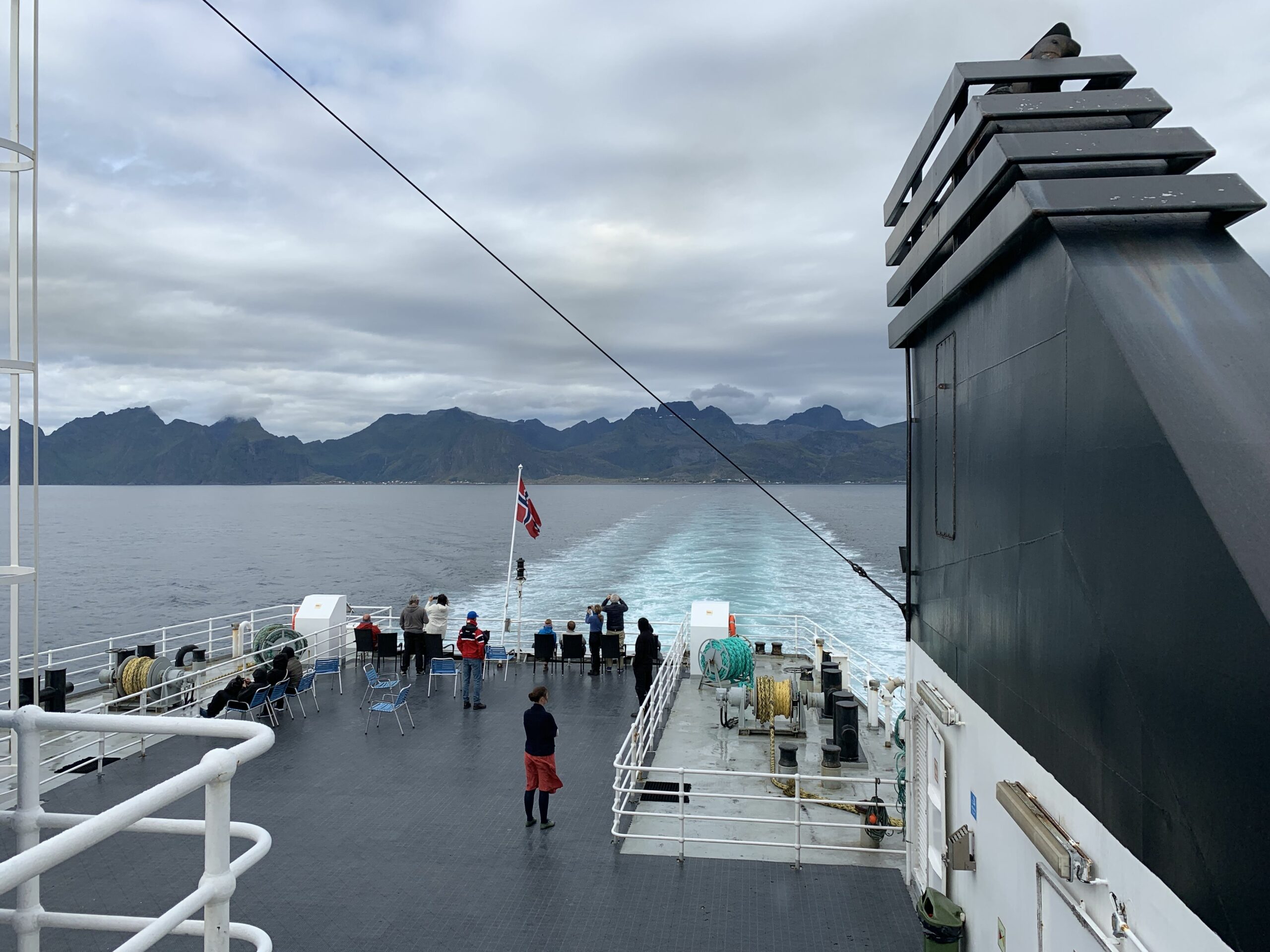
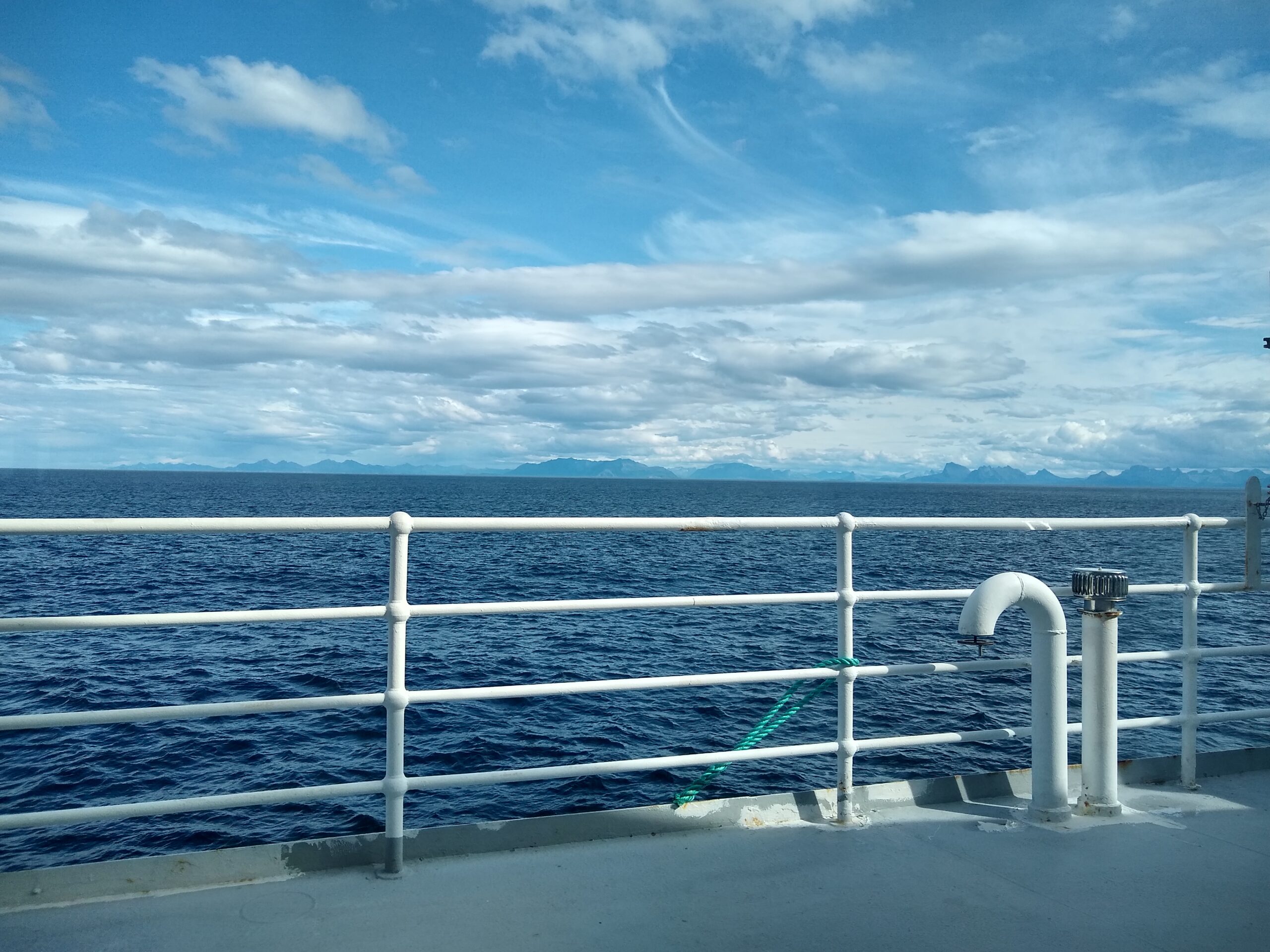
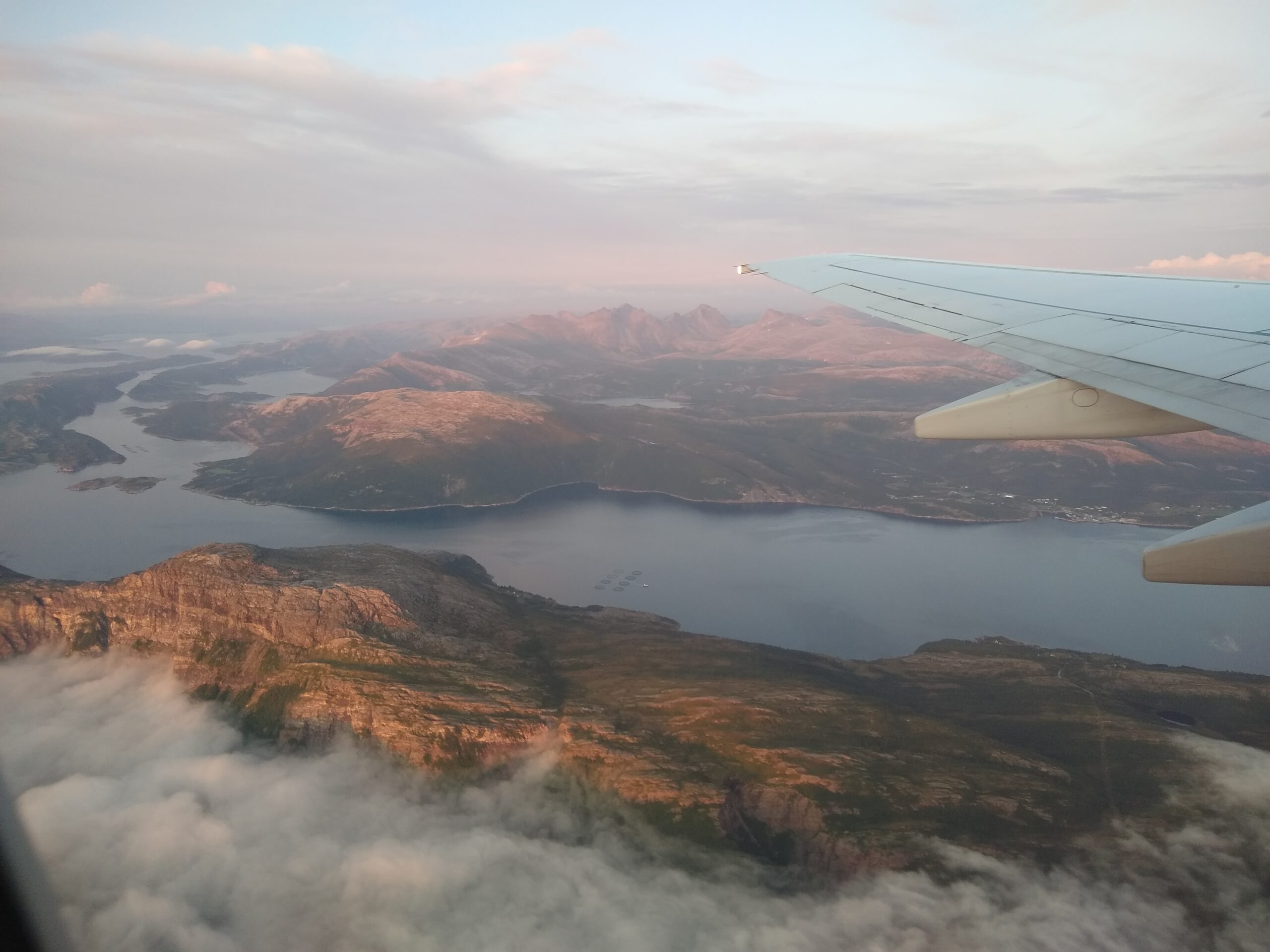
In Bodo, we walked almost straight off the ferry and onto the bus for the airport, and by that evening we were on our way to Oslo. The fjords are awesome from every angle, from the airplane window included. In the morning, conscious of our limited time, we headed straight for a free walking tour. It was hardly our most grand tour, however, and we quickly realized that Oslo is actually quite small – it’s barely home to more people than Memphis, TN or Richmond, VA.
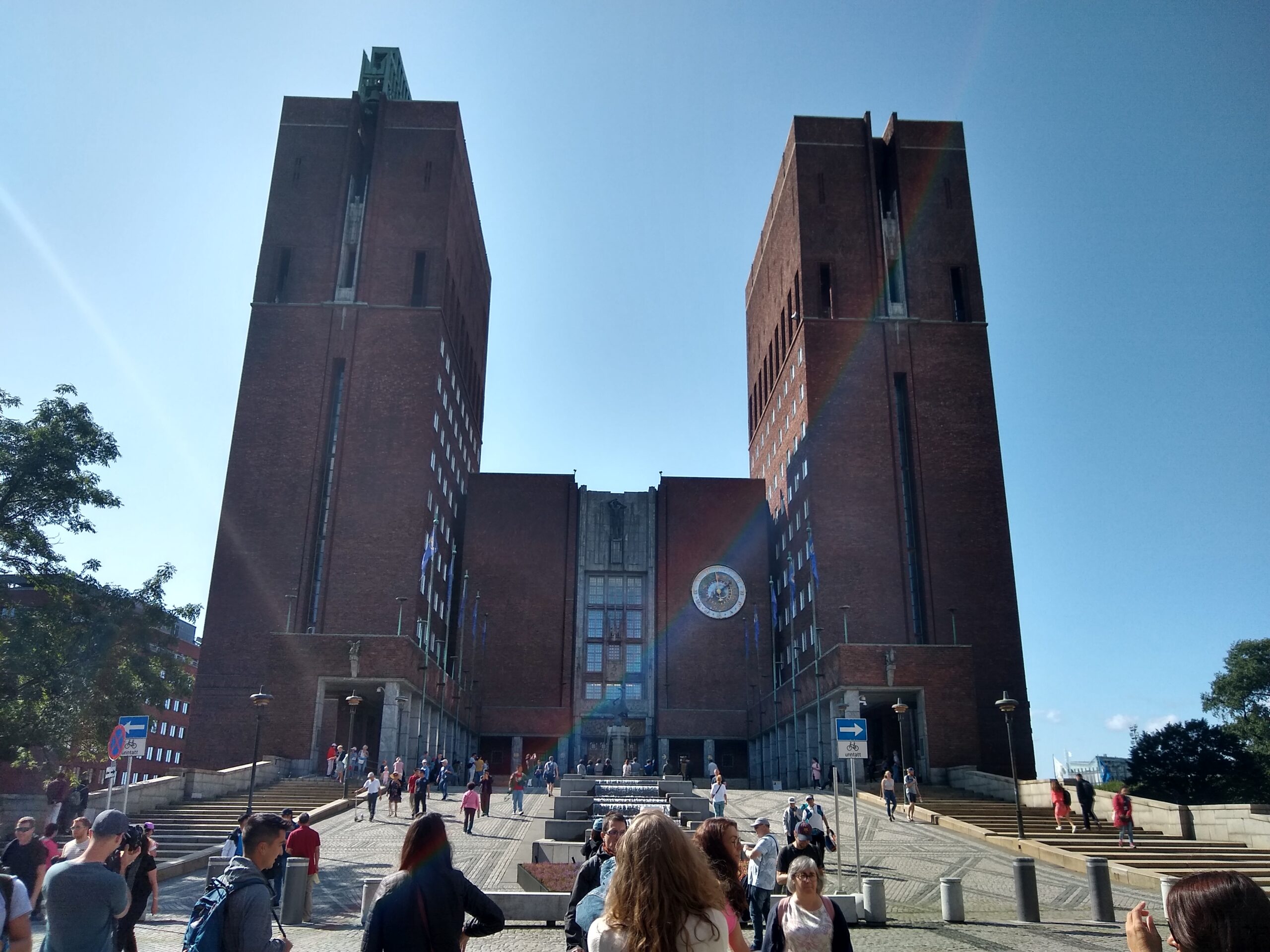
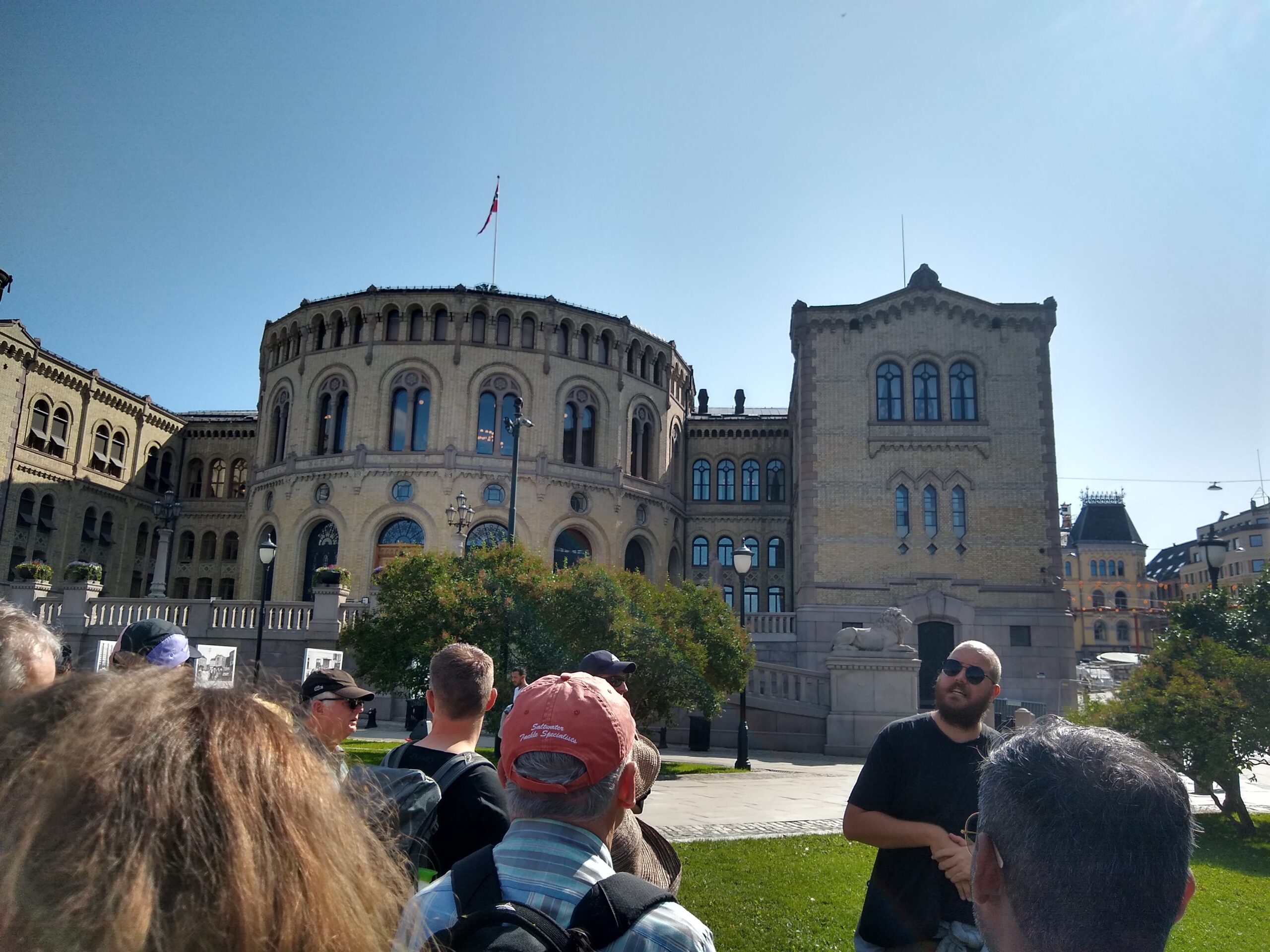
The tour did explain why Oslo looks so modern, though. Basically, Norway was poor and sparsely inhabited for almost all of recorded history until, in the 70’s, things turned around when they struck oil off the coast. Now Norway is merely sparsely inhabited, being among the richest countries on Earth. As a result, few historic buildings remain (or, more accurately, were built) and nearly everything is modern or post-modern. Thanks to weak religious observance, Oslo also totally lacks big cathedrals like the rest of Europe. Take all that together, and the most exciting sights we saw on the walking tour were the city hall that looks like a castle-cube, and the cute little Norwegian Parliament building.
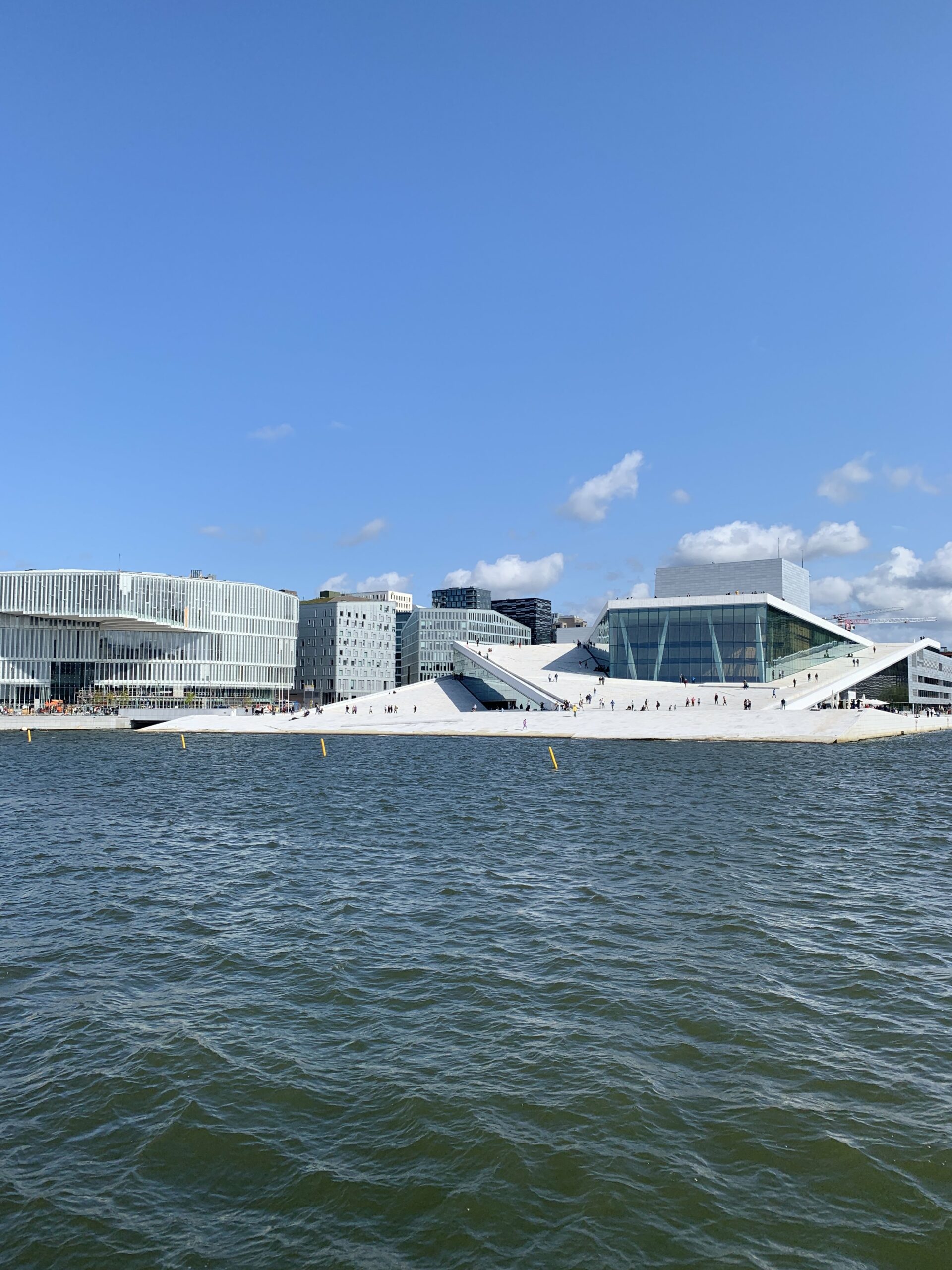
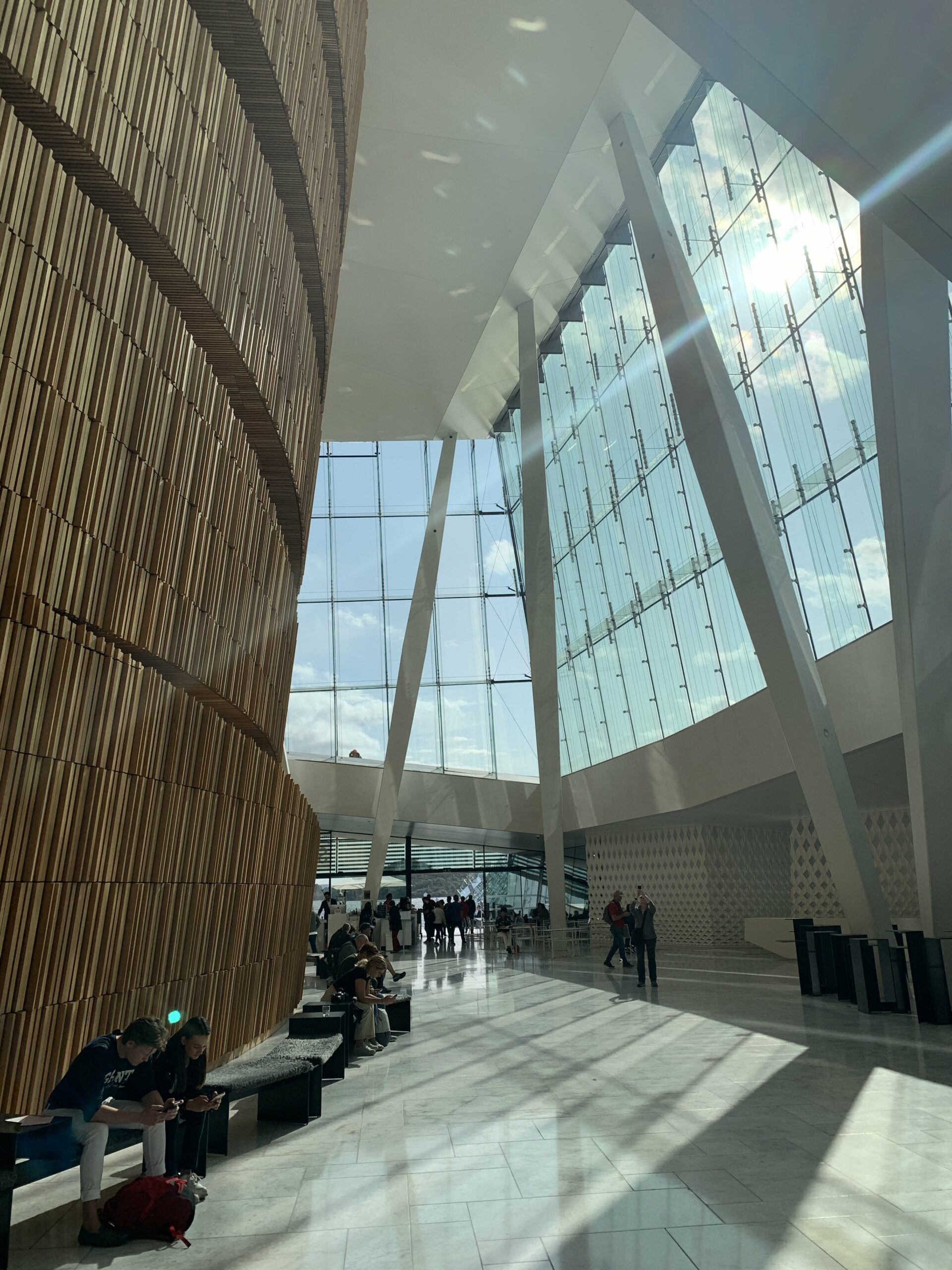
After the tour, we walked over to the city Opera house, which proved better to be the best structure in Oslo. The obvious highlight is the big glass wall overlooking Oslo harbor, but the really neat part is actually on top. You can just walk right up the concrete ramps on either side and up to the edge of the roof. Americans would never, ever, tolerate something so fun and interesting. Apparently, they hold concerts and events out front and use the ramps and roof as seating. I remarked that they must be pretty small shows with so little space, to which tour guide casually remakred that they simply put the stage on a floating platform in the harbor to make room. Oh yeah, I guess that it what a Norwegian would do.
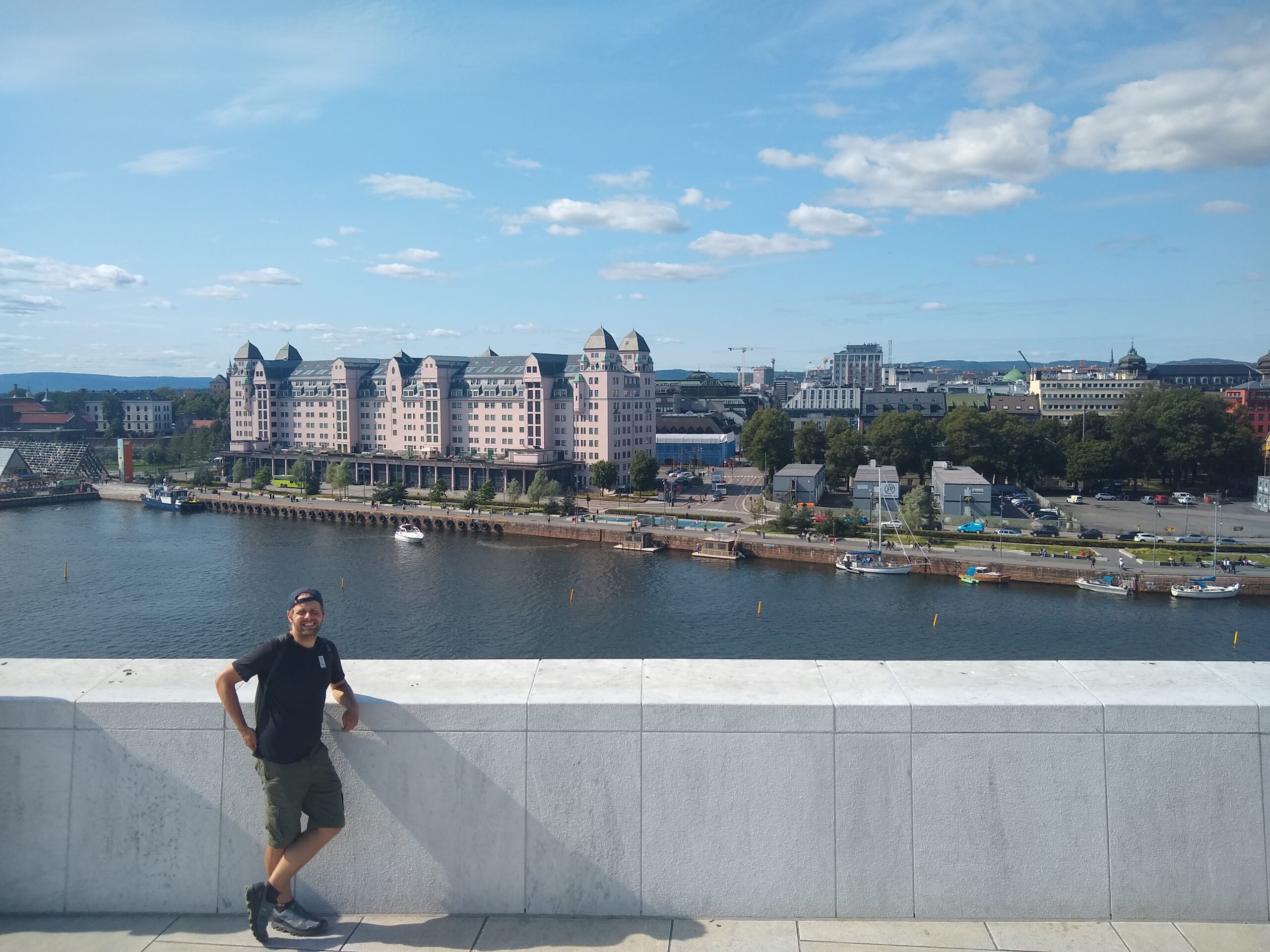

Lastly, on a strong recommendation from Jon’s dad, we walked across town to one of the weirdest stops of the whole trip, Vigeland Park. Everybody is naked in Vigeland, and no one is safe from the predations of angry toddlers. We later learned that the artist believed that nudity would make the statues timeless, since any clothing or objects would date the pieces, which I guess is one way of justifying a hideous obelisk made of contorted human bodies. We couldn’t tell whether to be scandalized or impressed, or both.
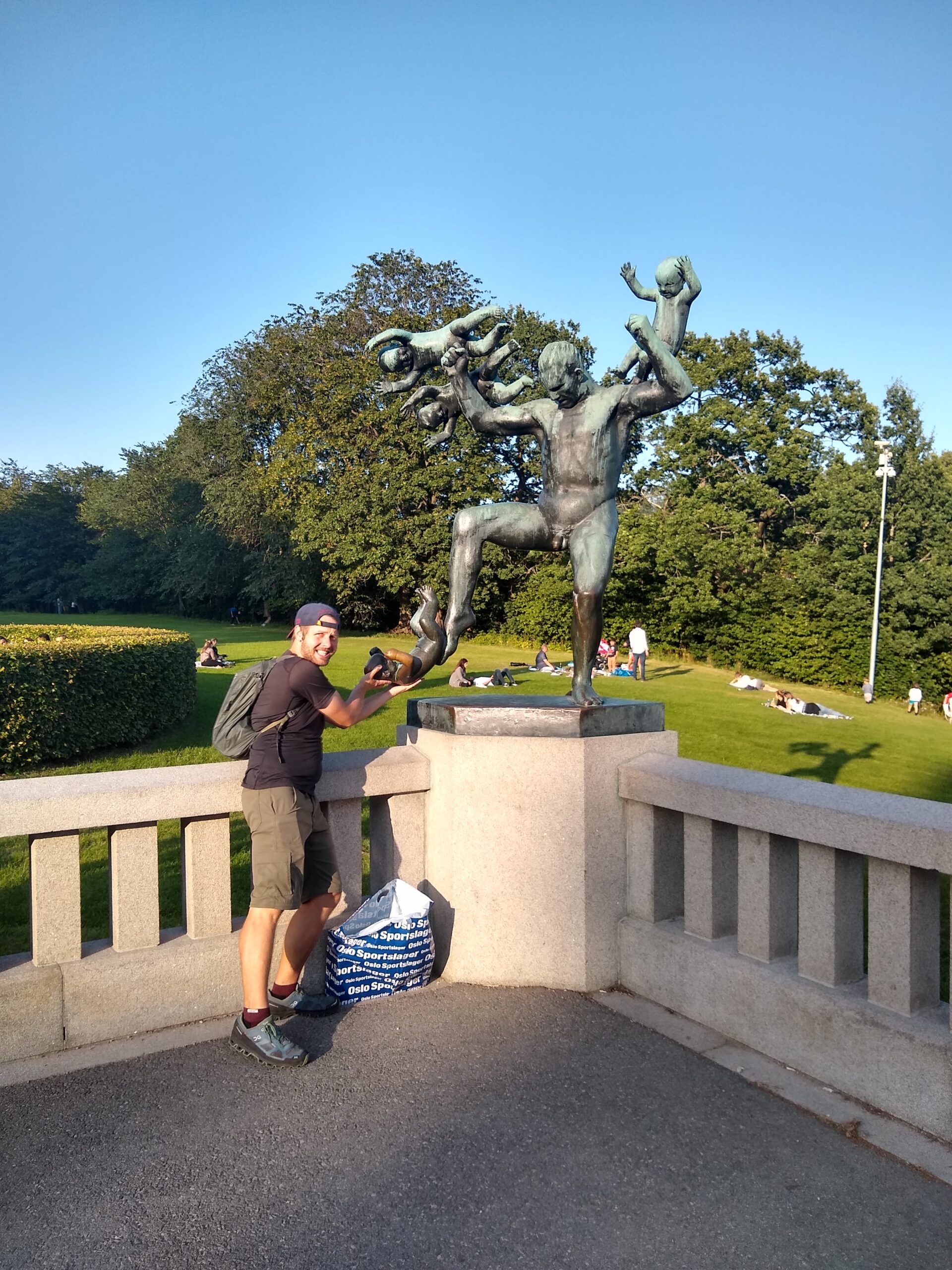

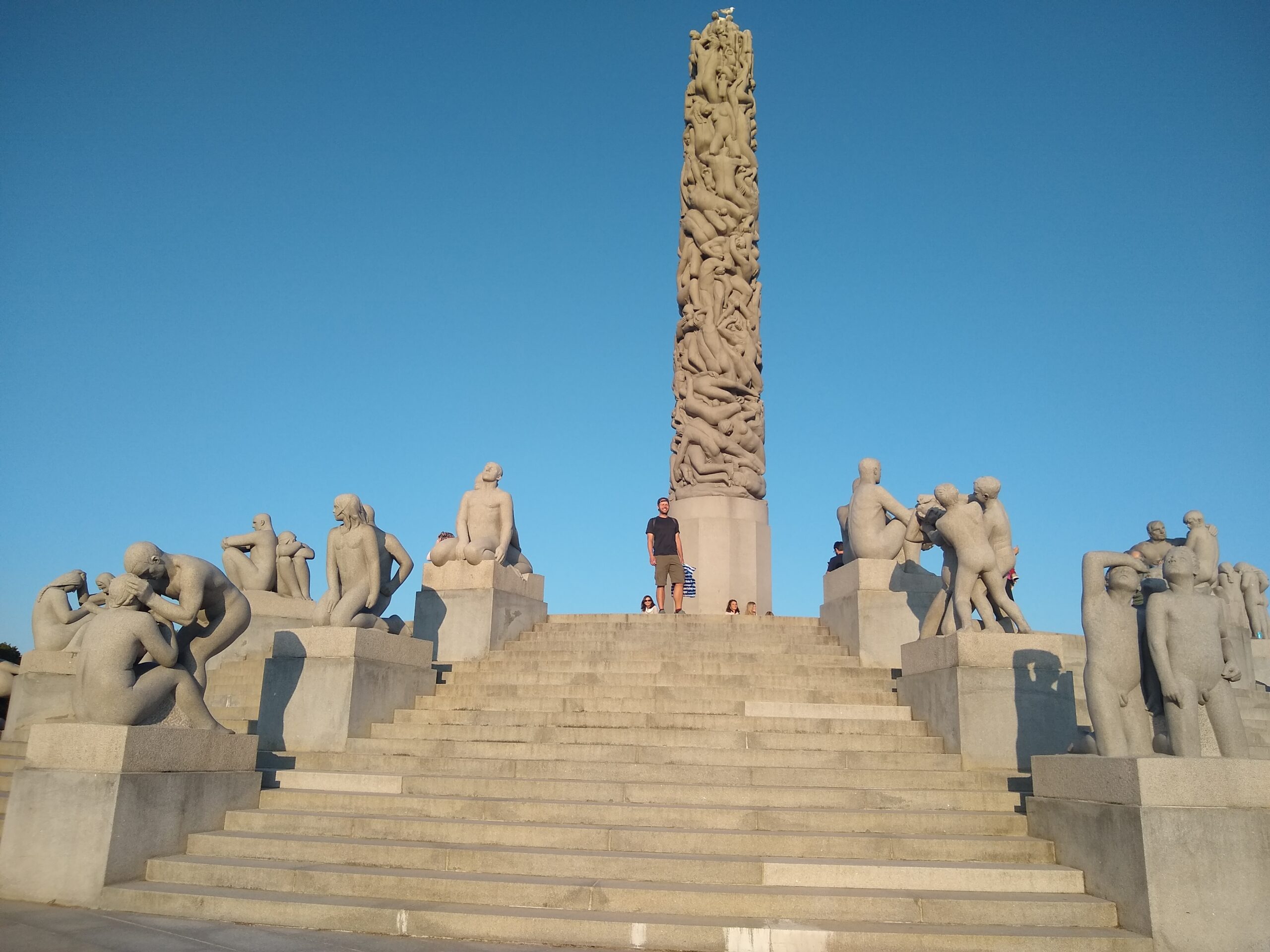

Determined to finally see some Vikings stuff, we went out the next morning to Oslo’s Viking Ship Museum. We were not disappointed, despite the fact that I thought the ships would be bigger. In fact, that the Vikings managed to sail all the way to North American and Africa in one of these things made it all the more impressive. We got just the smallest taste of Norwegian weather and were totally overwhelmed – I have no idea how you survive at sea in one of these wooden tubs.
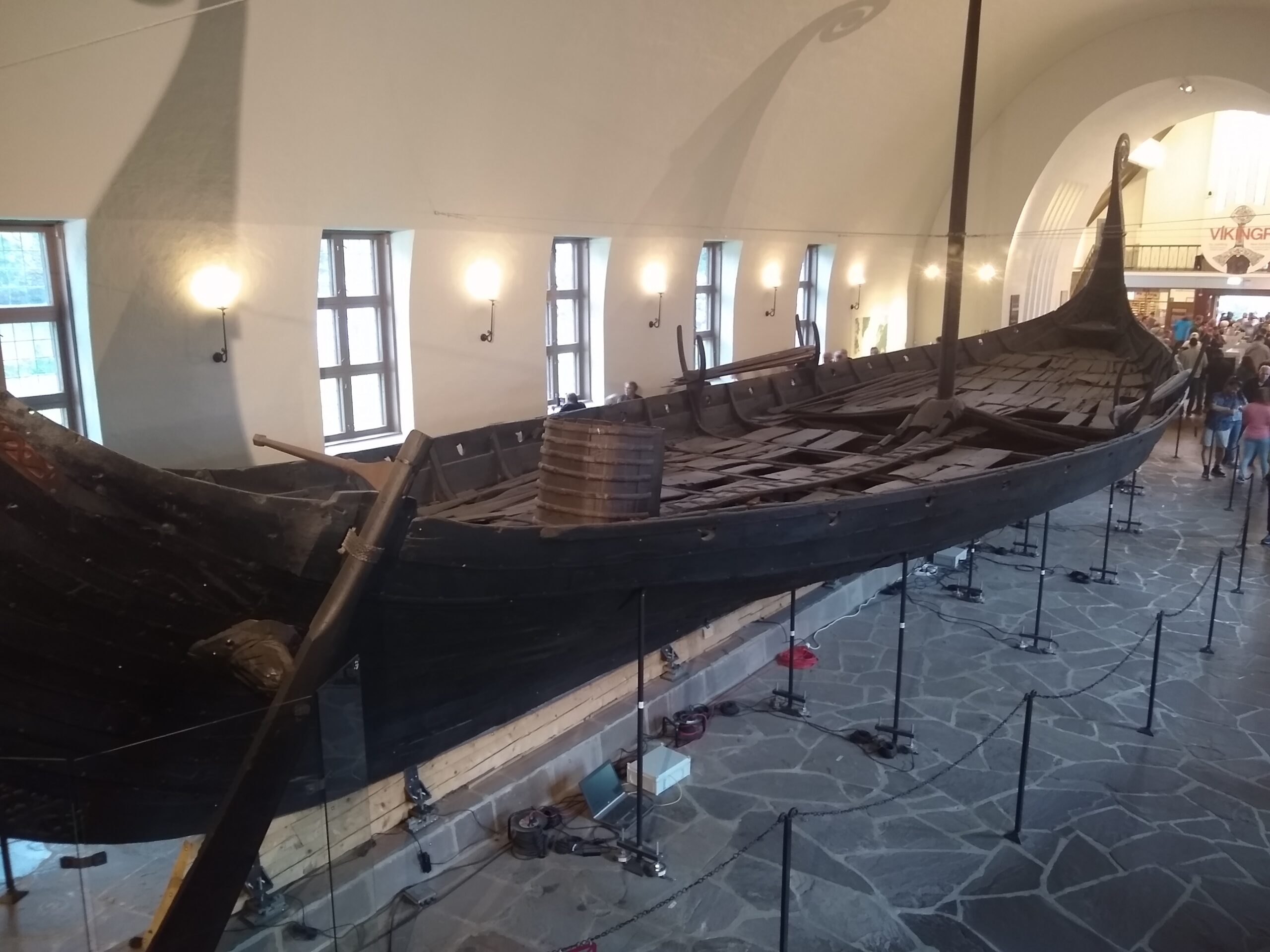
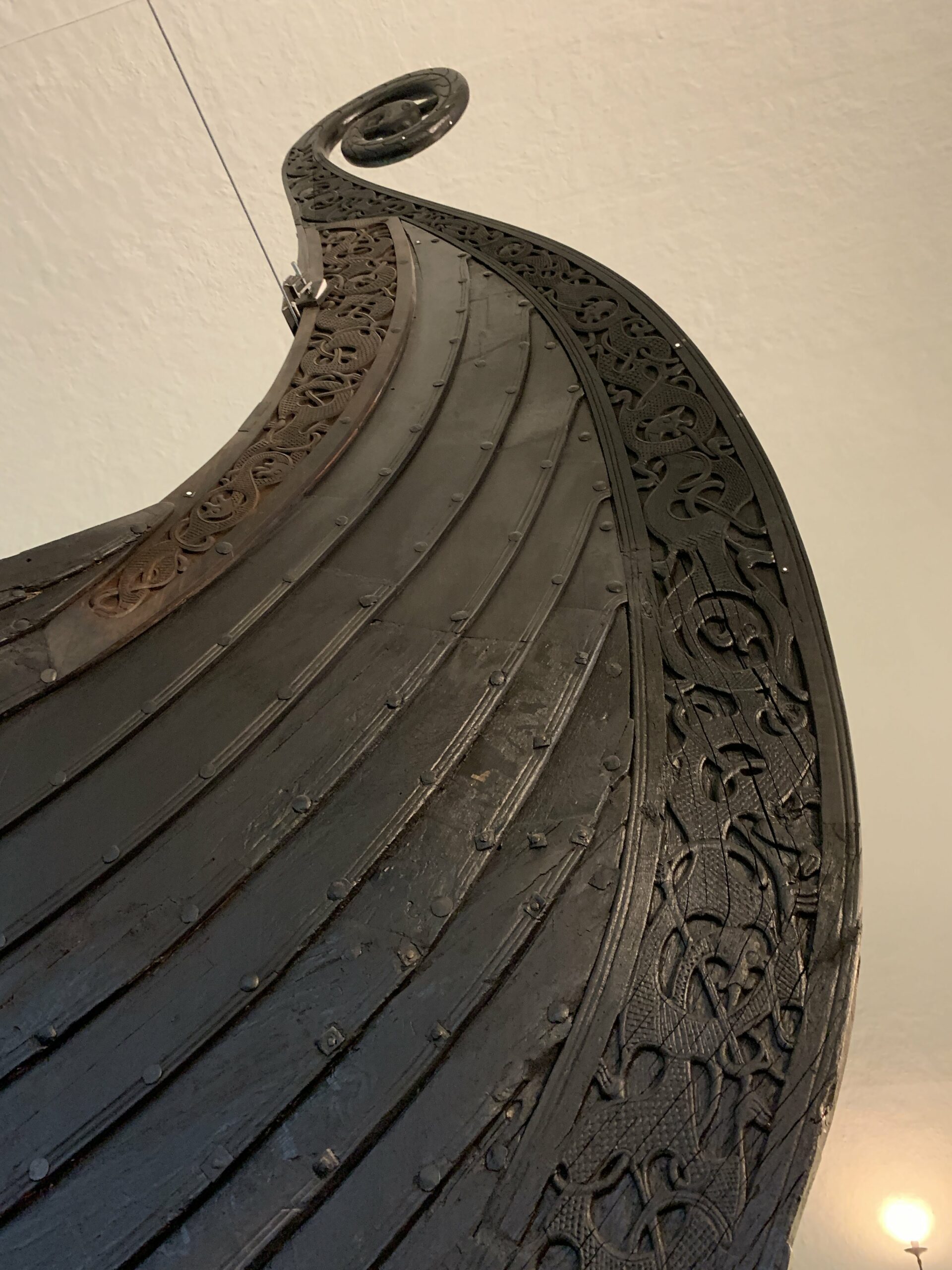
These particular boats are so well preserved because the Vikings buried them with their dead chieftains as part of elaborate burial rights – in the 9th century. That makes them more than a thousand years old, not including the few bits of replaced wood. It’s unbelievable to see them just sitting there, almost close enough to touch, but apparently they are so fragile that they can’t be moved – so there they sit, for now. Right next door is Oslo’s other impressive ship museum, the Fram Museum.
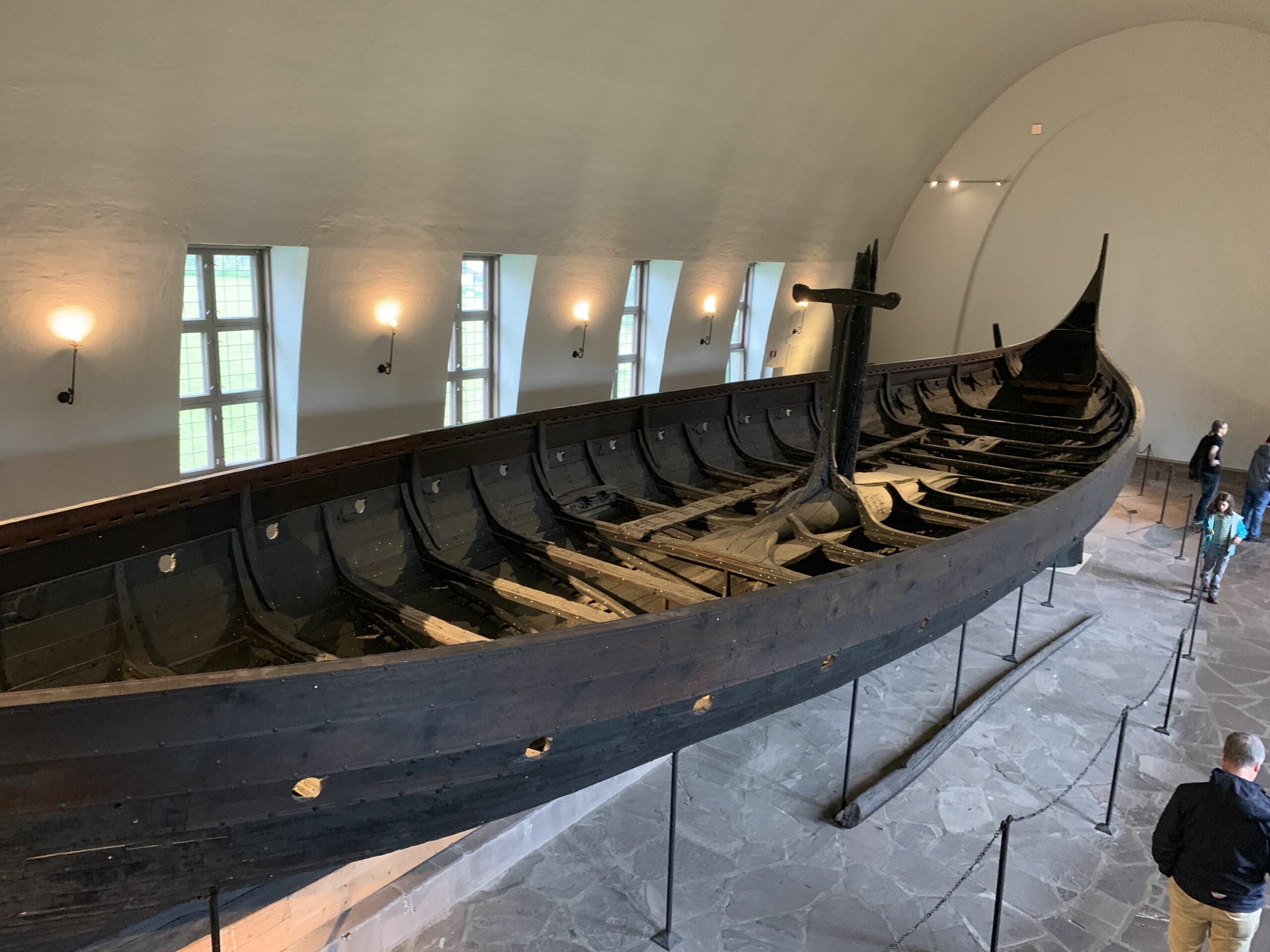
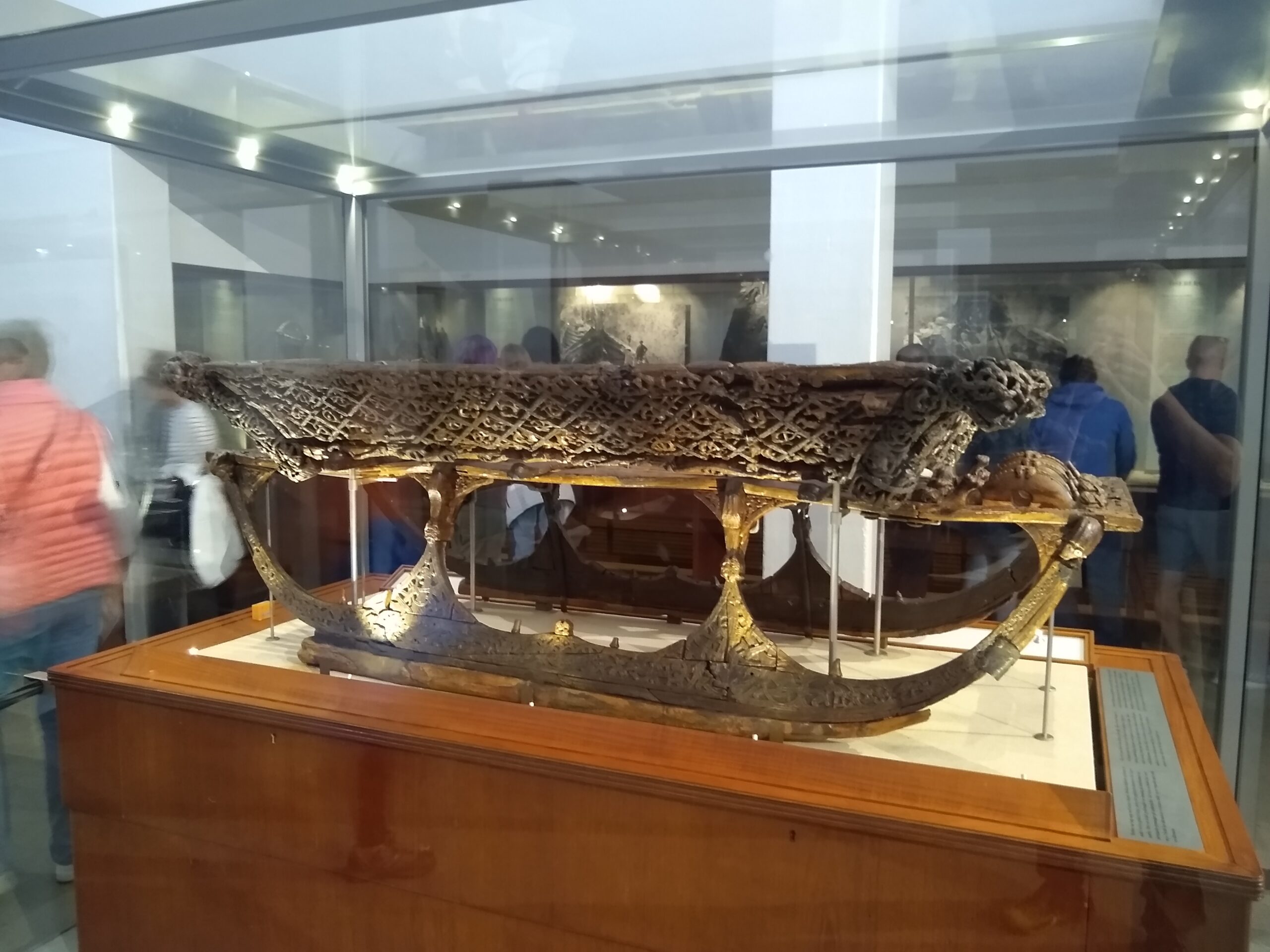
The centerpiece of the Fram Museum is literally the Fram itself, seriously the actual boat, which was a famous arctic exploration ship from the 1900’s. The ship sailed on 3 notable adventures, including an attempt to freeze itself into a floating ice shelf and drift over the north pole, but it’s third trip was the one that it famous. The Fram carried the indomitable Norwegian explorer Sir Roald Amundsen on his voyage to the South Pole, and the Nords just love this guy. The displays make great pains to tell you all about what a tactical and courageous explorer Amundsen was, at the same time as explaining how he sequentially ate his sled dogs like common rations during his trip to the South Pole.
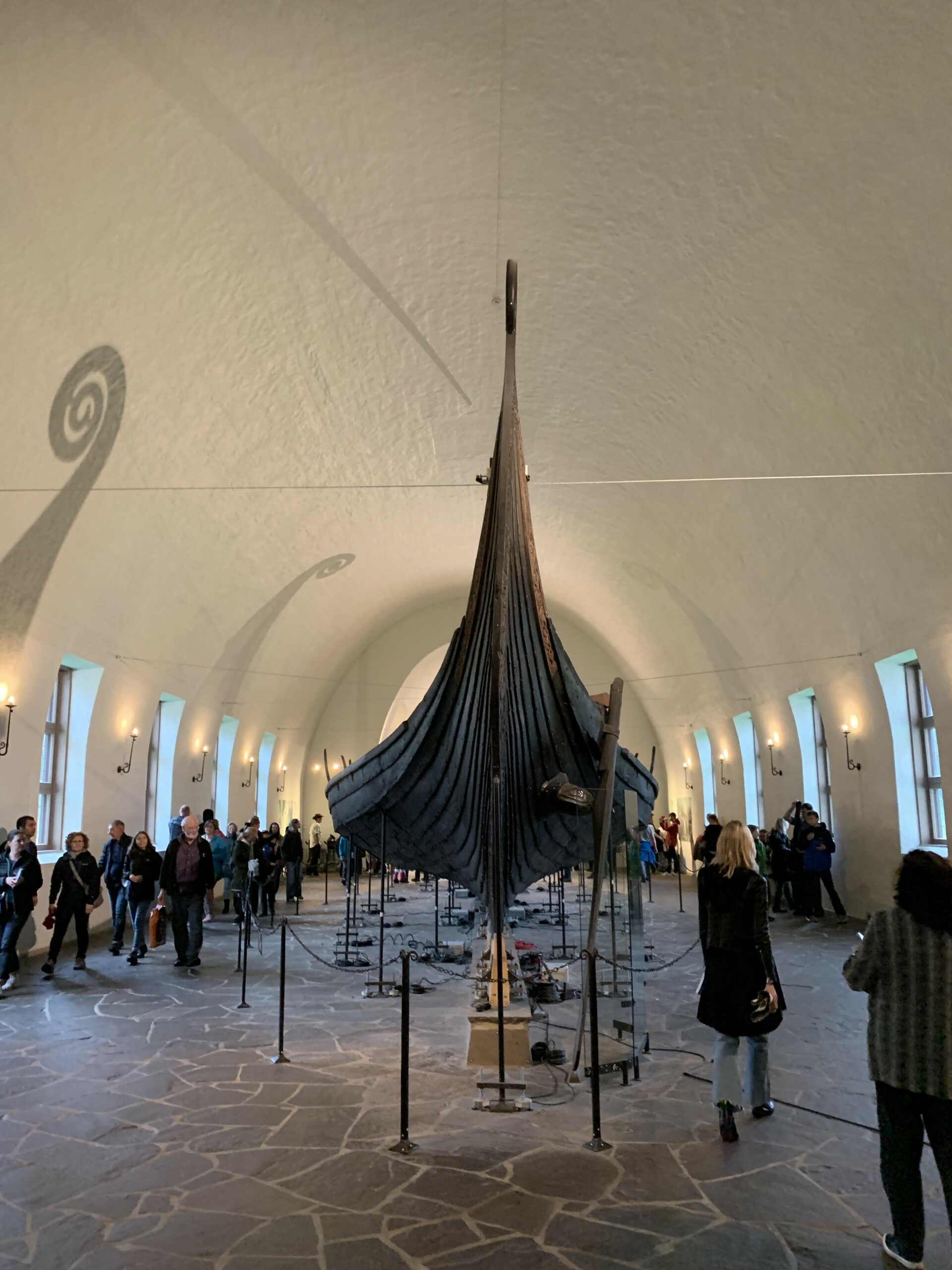
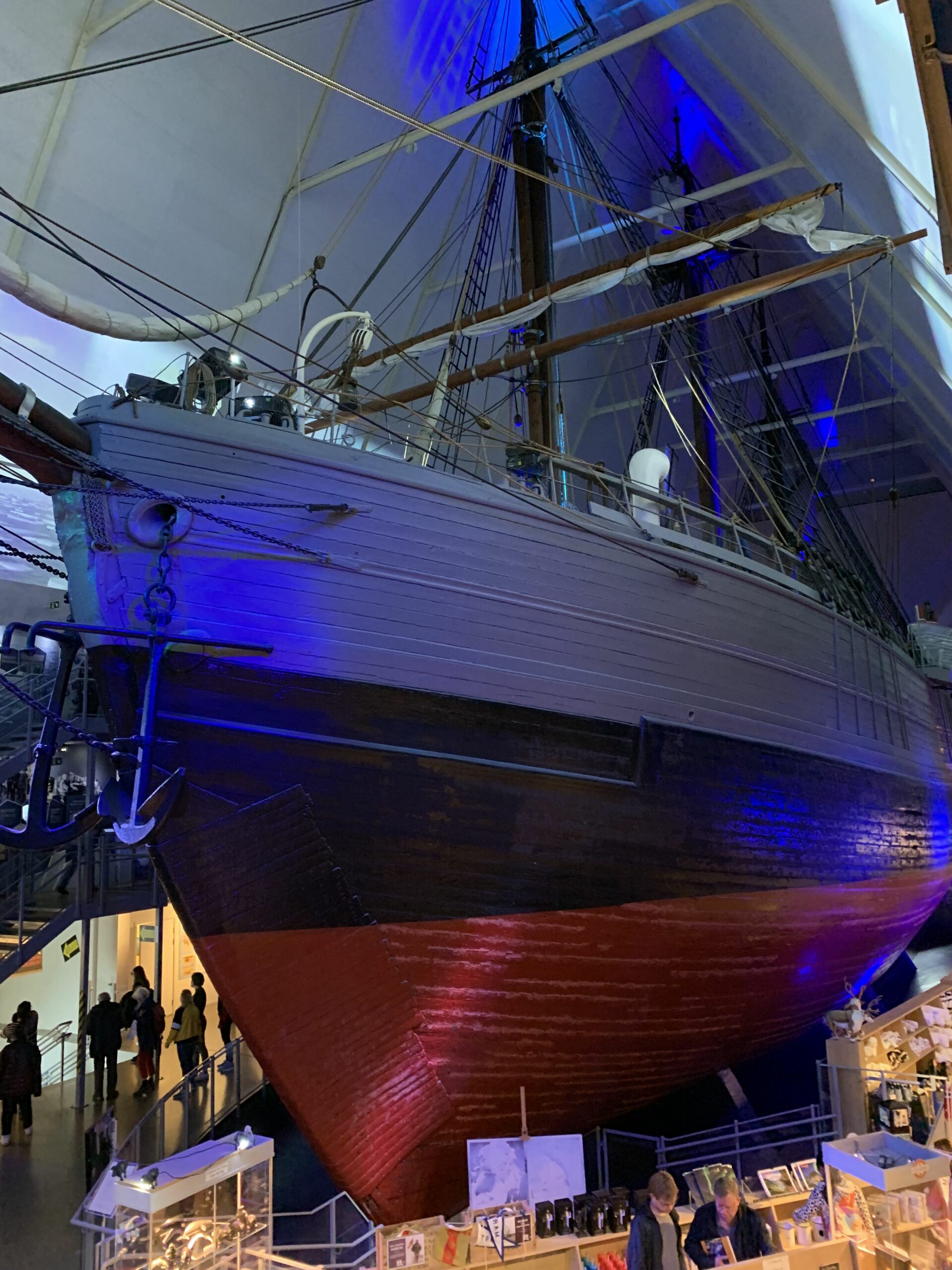
Anyway, the story is famous not only because Amundsen’s was the first expedition to ever reach the South Pole (in 1911), but because they also reached it just 30 days ahead of a competing British expedition led by one Robert Scott. The British guy and his team froze to death on the way back, and were hailed as glorious martyrs. Amundsen, on the other hand, was called a dog eating cheater by the Brits, whom thought of themselves as the quintessential explorers of the day. It’s all just an amusing tale now, but the Brits were bitter for years afterwards.
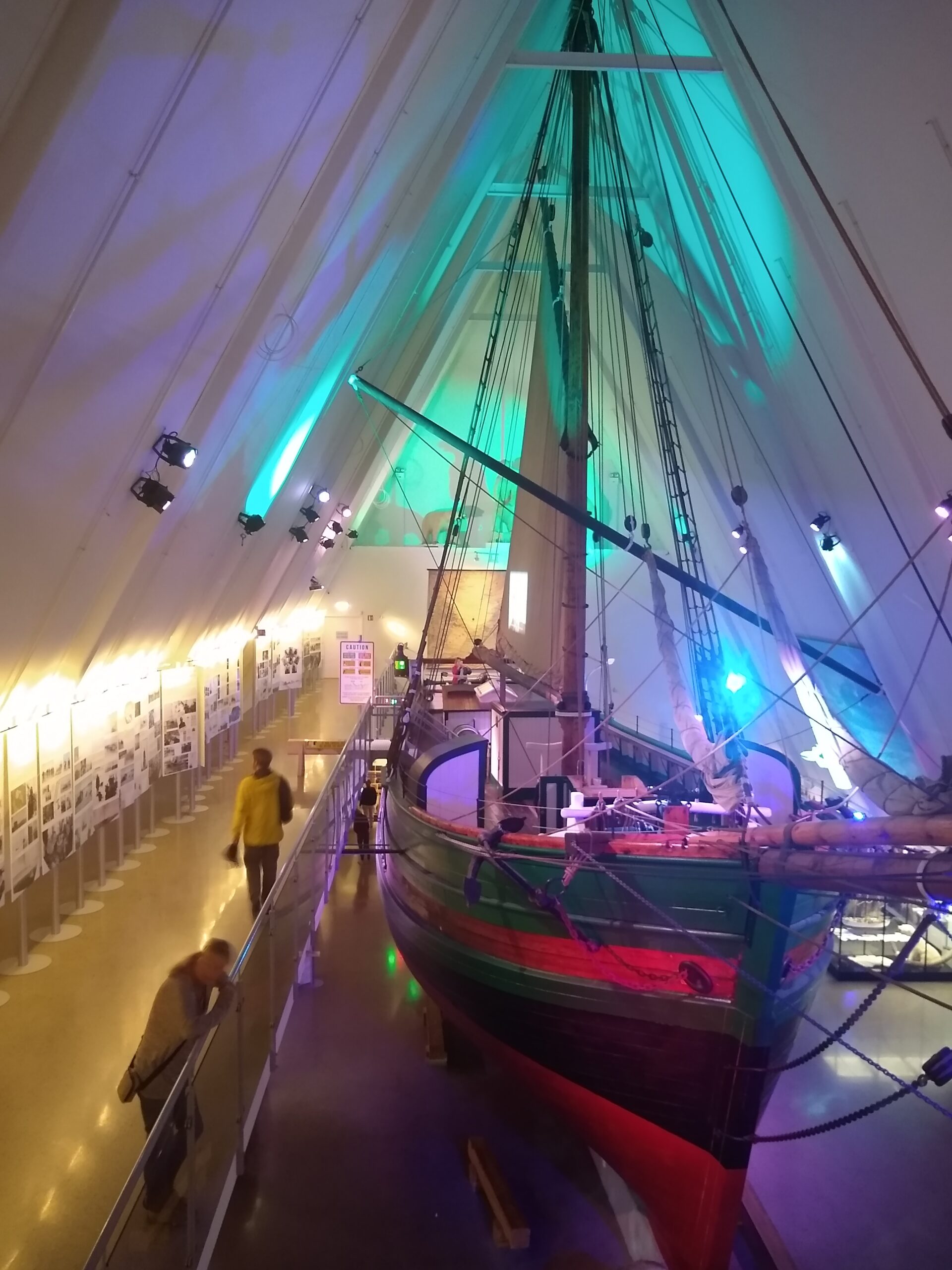
So, uhhhh, that’s it for Oslo. It’s a short post, I know, but we are at day 88 of 90 in the Schengen Zone and we gotta get out of Europe! The far east awaits!
